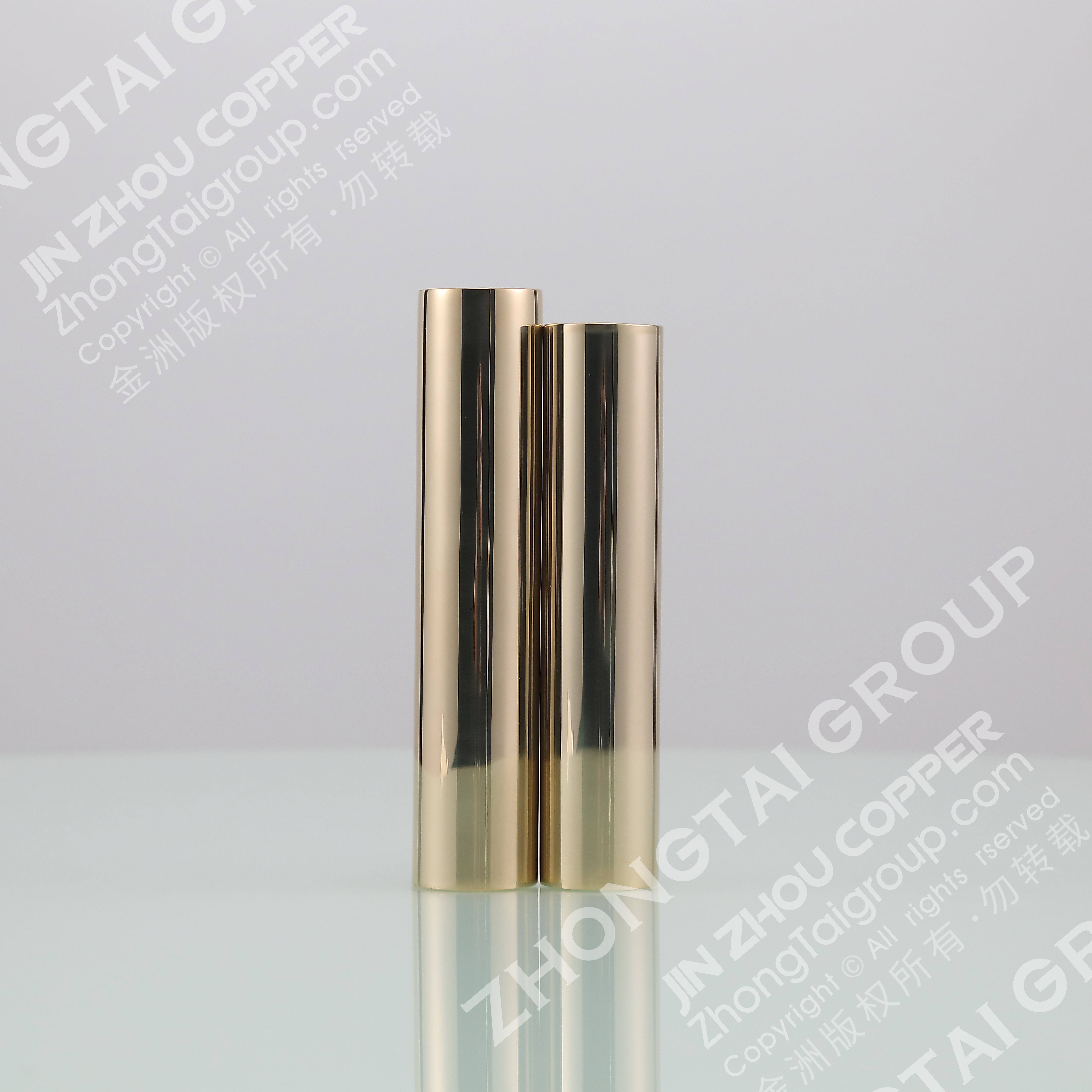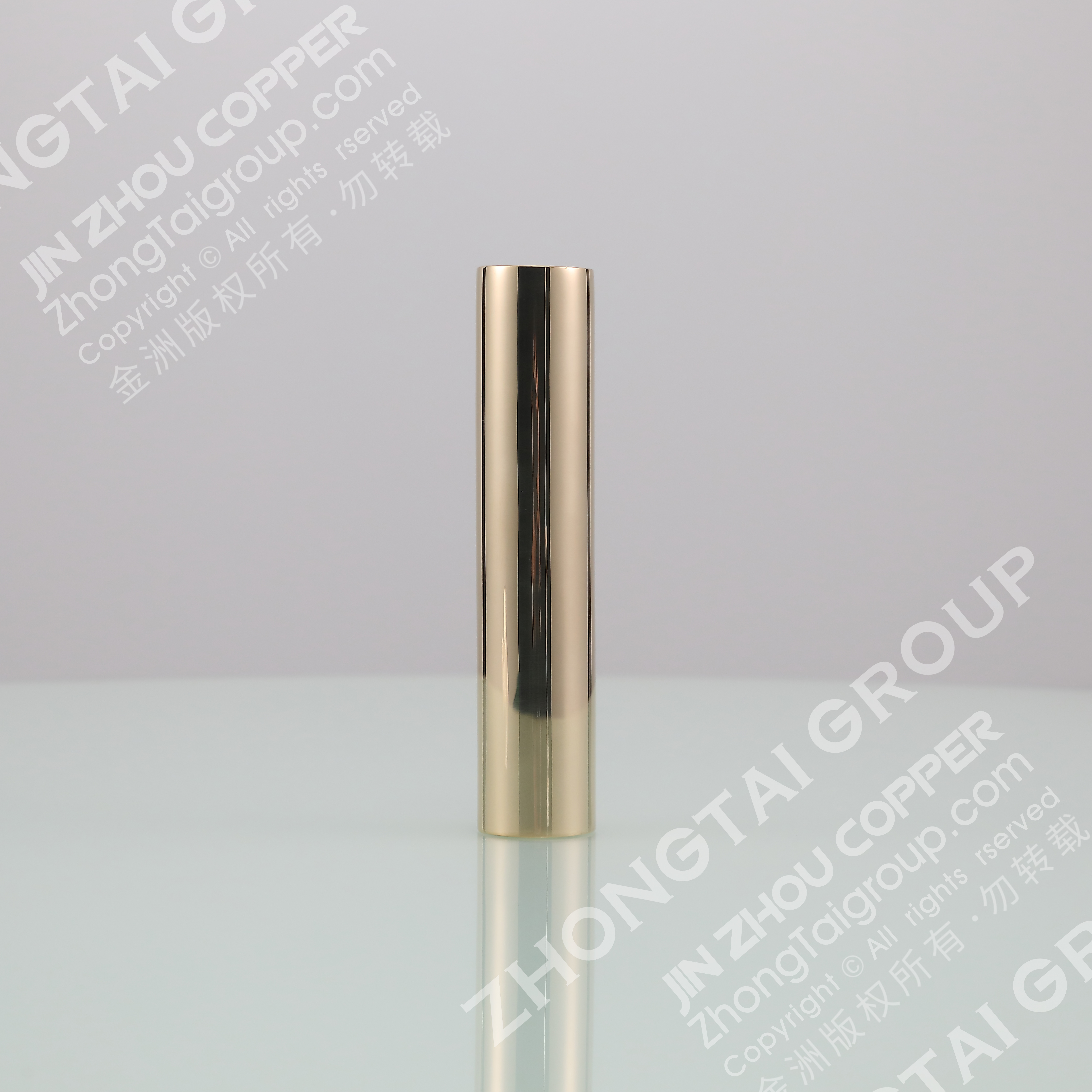Email format error
Email cannot be empty
Email already exists
6-20 characters(letters plus numbers only)
The password is inconsistent
Email format error
Email cannot be empty
Email does not exist
6-20 characters(letters plus numbers only)
The password is inconsistent


The manufacturing industry relies heavily on materials that offer excellent machinability and precision. One such material is the free cutting copper rod. Whether you are an industrialist, a manufacturer, or a supplier, understanding the nuances of free cutting copper rods and their manufacturing processes can significantly impact your business. This blog will delve into the intricacies of a free cutting copper rod factory, offering insights into its production, benefits, applications, and much more.
What is Free Cutting Copper Rod?
Free cutting copper rods are specialized copper rods that have been engineered for easy machining. They contain a small percentage of lead, which acts as a lubricant during the cutting process, reducing friction and improving machinability. These rods are highly sought after in industries where precision and efficiency are paramount.
Composition and Properties
Free cutting copper rods typically consist of:
· Copper (Cu): 99.5% - 99.9%
· Lead (Pb): 0.2% - 0.5%
· Other elements: Trace amounts of iron, sulfur, and phosphorus
The inclusion of lead not only enhances machinability but also contributes to the rod's thermal and electrical conductivity, making it a versatile material for various applications.
The Manufacturing Process of Free Cutting Copper Rods
Understanding the manufacturing process is crucial for those looking to partner with or establish a free cutting copper rod factory. The process involves several key steps:
Raw Material Selection
The quality of raw materials directly impacts the final product. High-purity copper cathodes are usually selected for manufacturing free cutting copper rods. These cathodes are inspected for impurities and are essential for ensuring the consistency and quality of the rods.
Melting and Casting
The selected copper cathodes are melted in a furnace at high temperatures. Lead is added during this stage to achieve the desired composition. The molten copper is then cast into billets or large bars, which will be further processed into rods.
Extrusion and Drawing
The cast billets are heated and extruded through a die to form long rods. These rods undergo a drawing process, where they are pulled through progressively smaller dies to achieve the required diameter and surface finish. This process also enhances the rod's mechanical properties.
Heat Treatment and Annealing
Heat treatment is a critical step in the manufacturing process. The rods are subjected to controlled heating and cooling cycles to relieve internal stresses and improve their machinability. Annealing, a specific type of heat treatment, is often used to soften the rods and enhance their ductility.
Quality Control and Testing
Quality control is integral to the manufacturing process. The rods undergo rigorous testing for dimensional accuracy, surface finish, mechanical properties, and chemical composition. Non-destructive testing methods such as ultrasonic testing are also employed to detect internal defects.
Advantages of Free Cutting Copper Rods
Superior Machinability
The primary advantage of free cutting copper rods is their excellent machinability. The presence of lead reduces tool wear and allows for faster cutting speeds, resulting in increased productivity and cost savings.
High Thermal and Electrical Conductivity
Copper is renowned for its exceptional thermal and electrical conductivity. Free cutting copper rods retain these properties, making them ideal for applications requiring efficient heat dissipation and electrical conductivity.
Corrosion Resistance
Free cutting copper rods exhibit good corrosion resistance, which extends their lifespan and reduces maintenance costs. This property is particularly beneficial in environments exposed to moisture and chemicals.
Versatility
These rods are used in various industries, including electrical, automotive, plumbing, and aerospace. Their versatility stems from their unique combination of machinability, conductivity, and corrosion resistance.
Applications of Free Cutting Copper Rods
Electrical and Electronics Industry
Free cutting copper rods are extensively used in the electrical and electronics industry for manufacturing connectors, terminals, and other components. Their high conductivity ensures efficient power transmission and signal integrity.
Automotive Industry
In the automotive industry, free cutting copper rods are used to manufacture precision components such as valve guides, bushings, and connectors. Their machinability and durability are essential for producing high-performance automotive parts.
Plumbing and HVAC Systems
The plumbing and HVAC industries utilize free cutting copper rods for fittings, valves, and connectors. Their corrosion resistance and ease of machining make them a preferred choice for these applications.
Aerospace Industry
In the aerospace sector, free cutting copper rods are used for producing components that require high precision and reliability. Their machinability and conductivity are critical for ensuring the performance and safety of aerospace systems.
Choosing the Right Free Cutting Copper Rod Factory
Selecting the right free cutting copper rod factory is crucial for ensuring the quality and reliability of your products. Here are some factors to consider:
Experience and Expertise
Choose a factory with extensive experience and expertise in manufacturing free cutting copper rods. An experienced factory will have the knowledge and capabilities to produce high-quality rods that meet your specifications.
Quality Assurance
Ensure the factory has a robust quality assurance program in place. This includes stringent testing and inspection procedures to guarantee the consistency and quality of the rods.
Technological Capabilities
The factory should be equipped with advanced machinery and technology to produce free cutting copper rods efficiently. This includes state-of-the-art extrusion, drawing, and heat treatment equipment.
Customer Support
Opt for a factory that offers excellent customer support. This includes timely communication, technical assistance, and after-sales service to address any issues or concerns.
Future Trends in Free Cutting Copper Rod Manufacturing
Sustainable Manufacturing Practices
As environmental concerns continue to rise, free cutting copper rod factories are adopting sustainable manufacturing practices. This includes reducing energy consumption, minimizing waste, and using eco-friendly materials and processes.
Automation and Industry 4.0
The integration of automation and Industry 4.0 technologies is revolutionizing the manufacturing process. Factories are implementing advanced robotics, IoT, and data analytics to enhance efficiency, reduce downtime, and improve product quality.
Advanced Alloys and Compositions
Research and development are leading to the creation of advanced alloys and compositions for free cutting copper rods. These new materials offer improved properties such as enhanced machinability, higher strength, and better corrosion resistance.
Conclusion
The free cutting copper rod factory plays a pivotal role in the manufacturing industry, providing high-quality materials essential for various applications. Understanding the manufacturing process, benefits, applications, and future trends can help businesses make informed decisions and stay ahead in the competitive market. Whether you are looking to partner with a free cutting copper rod factory or establish your own, this comprehensive guide serves as a valuable resource for navigating the intricacies of this industry.